|
I recently selected the plumbing fixtures for my project and surprisingly, one of my toughest decisions to make was regarding which toilets to get. I never know there was so much to consider when choosing toilets. Should you get a one piece or two piece model? Where should you position the flush handle? Is a single or dual flush toilet better? Comfort height toilet or standard height toilet? Floor mount or wall mount toilet? Should you pay extra for easy clean options? And finally what color and style are best for your decor? I’ve learned that for toilets, the most expensive is not always the best option. Granted, you’d probably regret buying the cheapest toilet you can find because it’s likely to have a short life full of problems. But you shouldn’t assume the more money you spend, the better the toilet will be. In the next two lessons, I’ll discuss what I’ve learned regarding toilet selections. I’ll also tell you about a website that tests and ranks the flushing performance of most toilets on the market. The results of this type of testing are particularly important in light of the fact that newer toilets are required by the US government to use less water than was used by older models. And on that website, you’ll see that some less expensive models work as well, or better than some more expensive ones. Before we move on, a shout out goes to dbdbdbdb2222 for our latest Apple Podcast 5 star rating and review. They say the podcast is a "big time confidence builder." I’m so glad you think so. I appreciate your kind words. Thanks for sharing your thoughts with potential listeners. Okay, let’s get into the content. Your plumbing selections come way earlier than you might realize. We’re still framing, but I needed to make my selections now, several weeks before the plumbing rough-in. The plumbing, electrical and mechanical/HVAC rough-in stage is the next major step after framing. It’s at the plumbing rough-in when pipes are connected and routed through wall cavities, when shower valves are installed, and when drain lines and water supply lines are connected to the main water supply or the septic or sewer system. Plumbers won’t put fixtures like toilets and sinks in place during the rough-in. That happens during the finish plumbing phase. But during the rough-in, plumbers put in a lot of the stuff that’s hidden behind walls. Some of the stuff that's connected connected to the fixtures you select. My advice is, as soon as you start framing, and preferably way before that, start making your plumbing selections, even if it’s just a list for yourself. That way you aren’t rushed once the builder or plumber asks for your final list of fixtures. Go to plumbing showrooms or warehouses and get into tubs, handle faucets and sit on toilets. Do be shy about that. You’ll be living with those things for a long time and you want them not only to look pretty, but be functional and comfortable. Like I alluded to, not all toilets are created equal, so let’s discuss some of the options you’ll have to decide on when making your selections. To make the selection process easier on myself, I chose the same toilet for most bathrooms in the house. But we're getting a little fancier toilet for the master bath. Choose the same toilet for as many of your bathrooms as you can to make your selection process easier. Let’s begin our discussion with something I never thought I’d have to even think about, but did. Flush Handle Placement Some toilets come with a standard flush handle location, in which case, you get what you get. But many manufacturers will have you choose a flush handle location. You’ll have to decide whether you want the flush handle on the right or left of the tank, or top of the tank. When I learned I’d have to make that decision, I thought, who cares where the handle is? What difference does it make? But this is what I learned… The default handle position on most toilets is on the top left corner of the front of the tank (on the left as you look at the toilet). Here’s why: Up until the 1940s, most toilets flushed by pulling a chain above the tank. The chain was located on the left side so the person sitting on the toilet, who was typically right-handed, could pull the flush chain while seated on the toilet. That convention stuck, and even today most manufacturers use a left sided handle as the default, with an option to switch to the handle to the right if you prefer. So, if you're right-handed and typically flush the toilet while sitting on it, then the left-sided placement of the handle is ideal for you too. Before I read the historical reason for the left sided handle placement, my germaphobe brain came up with another reason. A left sided handle is better, I decided, because most people are right handed and wipe with that dominant right hand. I thought the left sided handle is in a better, more sanitary position for flushing because after you get up, turn around and face the toilet to flush, you can use your cleaner, non-wiping left hand, which can more easily reach a left sided handle. That’s the germaphobe in me. Anyway, either way you go is fine. It’s mostly a decision of personal preference. And what about push buttons on the top of the tank for flushing? Well, flush buttons on the top of the tank are usually present on dual flush toilets. So let’s talk about them next. Dual flush toilets Dual-flush toilets have a full-flush option for solid waste and a partial-flush option for urine. The push bottom flusher usually has one side that’s larger than the other. You push the larger button if you want a larger flush and the smaller button if you need the smaller flush. Some systems use equal-sized buttons with embossed images like one water drop vs two water drops, identifying which flush is larger. Dual flush toilets can take some getting used to. If you’re new to them, for the first several weeks you may have to consciously think about which button to push when you need to flush. And you’ll probably have to give your friends and visitors instructions as they head off to the bathroom. That can be a hassle, but if water conservation and saving on your water bill are important to you, a dual flush toilet may be worth the extra effort. Bear in mind, though, that dual flush toilets can be more expensive than standard flush toilets, and the reduced water flow means they tend to get soiled faster and require more frequent cleaning. Another con is that the flush buttons located on the top of the tank can sometimes require greater force to press than traditional lever handles do. That can be challenging for disabled or elderly people. And according to Wikipedia, dual flush toilets develop leaks more often than standard toilets. As with everything, weigh the pros and cons and make your decision about a dual flush vs single flush toilet based on your priorities and goals. On the subject of flushing, I want to tell you about a great website I learned about that independently tests and ranks the flushing performance of the majority of toilet brands and models on the market. The website is map-testing.com. The “ma” in map stands Maximum and the "p" stands for Performance (MaP). The site's developers do independent, unbiased testing of toilets and publish their results so consumers can compare models and base their buying decisions on flush performance. This type of testing is especially important since the US government mandated that any toilet sold in the US after 1994 can have a flush volume of no greater than 1.6 gallons (6.0 L). They did this to reduce water demands. And that’s a good thing, but that lesser amount of water can make flushing less effective, leaving toilets more soiled after each use. Many of the latest, most efficient toilets on the market have decreased their water utilization to less than that mandated by the government. In fact, most toilets that I looked at use only 1.28 gallons per flush (gpf). That small amount of water used for flushing makes knowing the results of a toilet’s flushing performance testing even more essential. By the way, my plumber, who is less concerned with water conservation, says he puts 1.6 gpf toilets in houses whenever they can because they have fewer complaints about the 1.6 gpf toilets. But 1.6 gpf toilets are getting harder to find, so reviewing the scores of 1.28 gpf toilets at the map-testing.com website is very helpful. Map-testing.com recommends buying toilets with flush scores greater than 350. Toilets with scores of 600 or greater are highly recommended. I strongly suggest looking at this site before deciding on a toilet since many of the bad reviews that I’ve read about toilets have complained about incomplete flushing. Okay, moving on to a few more features… Toilet seats Some toilets are sold without seats, so you can choose the type of seat your prefer. We talked about bidet toilet seats in episode 39, so we won’t cover that again. I'll caution you though, that bidet seats have a smaller opening than most standard toilet seats. That smaller opening may take some getting used to, but I’ve heard that once you become accustomed to a bidet seat, you’ll never want to live without it. Another caution about a bidet seat is that you may not be able to readily read or press the side panel controls that is attached to many bidet seats. For many models, you have to press buttons on that side panel to activate the bidet. The control panel is often attached to the rear of the bidet seat and thicker thighs or a generous booty might obstruct the panel some and hinder your ability to easily see and press the controls. Plus you have to twist your torso around and look down to see the panel and I’d be afraid I’d soil the seat if I did too much twisting. Even the skinny saleswoman I talked to said she had some trouble seeing and accessing the control panel attached to the seat. So, you if you want to bidet seat, you might want to opt for a remote control or wall-attached/mounted control panel that eliminates your need to use a seat attached control panel. I learned something else in the last couple of weeks that is different information than I told you before. My builder mistakenly told me that you have to add hot water supply to a bidet seat toilet so that you can have a warm water spray. But that’s not always true. Many bidet seats, especially the higher quality ones, have a heater integrated into them that’s able to heat the water from a cold water supply. If that’s the case, you won’t need a hot water supply line connected to the toilet. Check the specific bidet seat model or bidet toilet that you are considering before going through the extra expense of adding a hot water line for you bidet toilet. Okay, enough about bidet seats. Elongated vs round seats. Elongated, oval toilets tend to be more comfortable than more traditional rounded seats, but elongated seats take up more space, so they may not fit well in small spaces. Elongated toilet seats are also a little bit more expensive, but they are easier to clean and use, and look more contemporary and up-to-date than more traditional round toilet seats. If you have shorter legs, or are building or remodeling a historical style house, a round seat might be a better choice. And a quick word about curved or contoured toilet seats that curve upward slightly to supposedly fit your bottom better. This feature was completely uncomfortable for both my husband and me. We found that we (and our bums) preferred regular ole flat uncontoured seats. So again, don’t be shy about sitting on toilets before you buy them because what’s comfortable for others, may not be comfortable for you. That’s it for this week. Week after next, we’ll finish this lesson about things you should consider when selecting a toilet. We’ll talk about one piece vs two piece toilets, toilet height, floor mount vs wall mount toilets and some options that you can look for that will help keep your toilets cleaner for longer. Make sure you subscribe to the show/blog, so the next episode/post, and all new episodes/posts, go directly to your podcast library or email as soon as the shows/posts are released. That way you won’t have to keep checking back to see when new content is published. Thanks for stopping by. I hope you learned as much as I did. Please remember that the purpose of this podcast is simply to educate and inform. It is not a substitute for professional advice. The information that you hear is based the only on the opinions, research and experiences of my guests and myself. That information might be incomplete and it’s subject to change, so it may not apply to your project. In addition, building codes and requirements vary from region to region, so always consult a professional about specific recommendations for your home.
0 Comments
Your comment will be posted after it is approved.
Leave a Reply. |
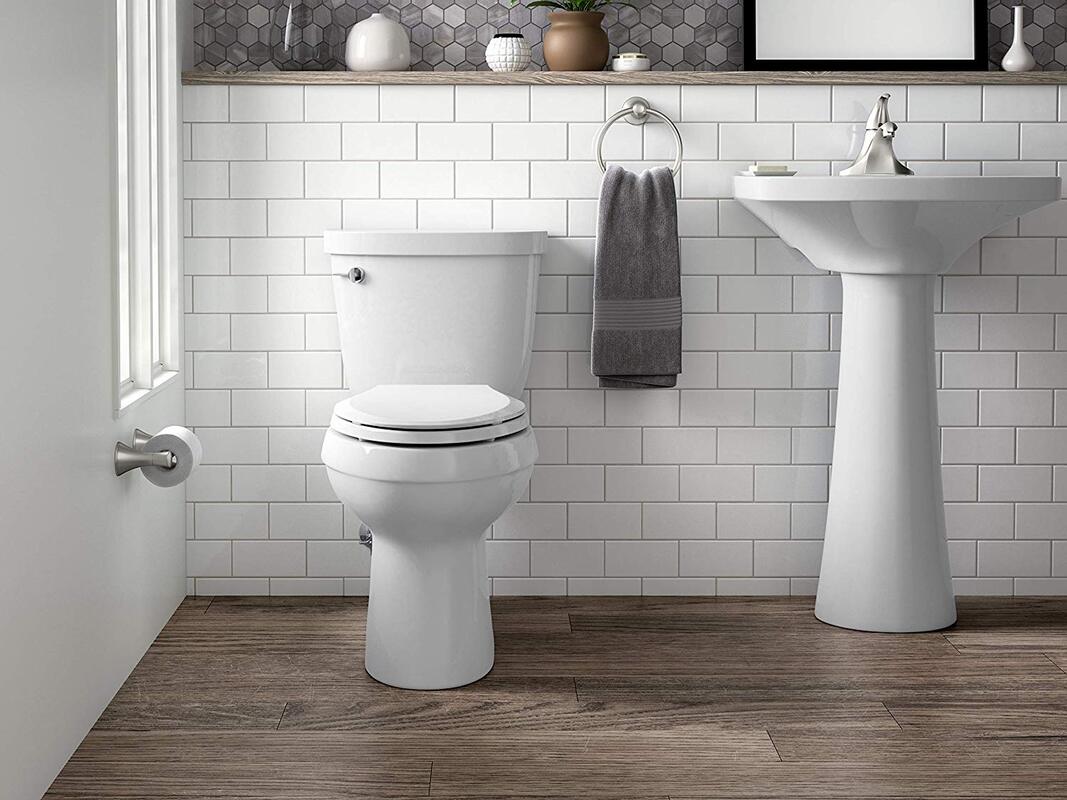
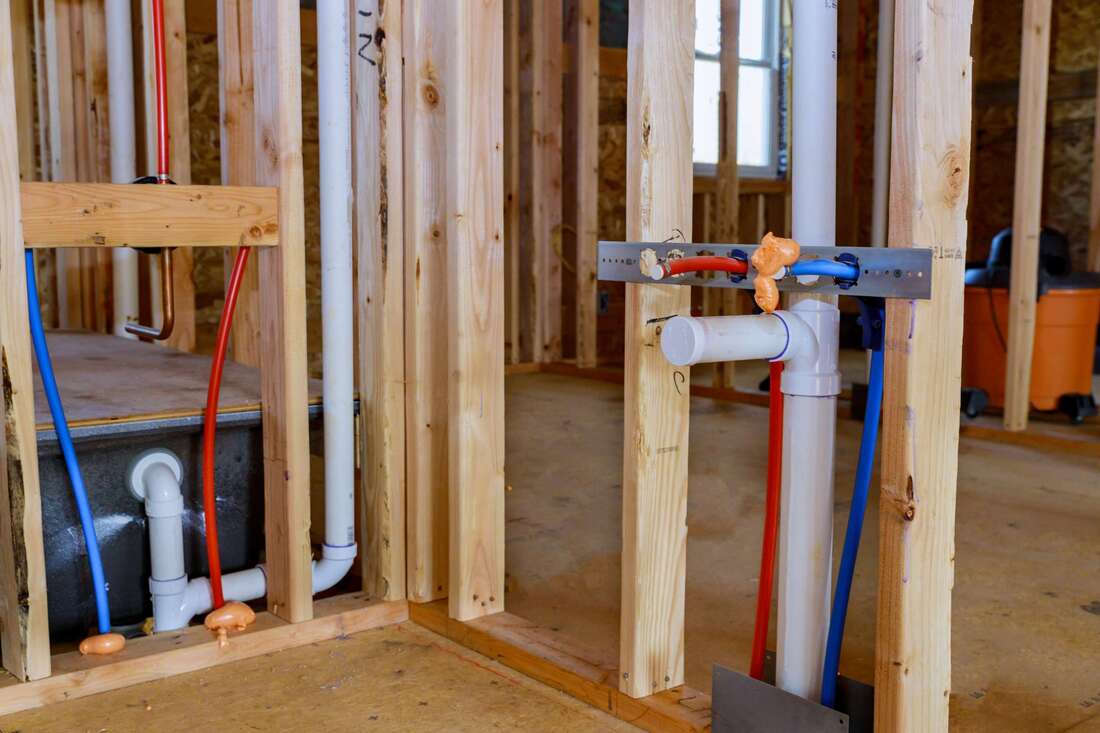
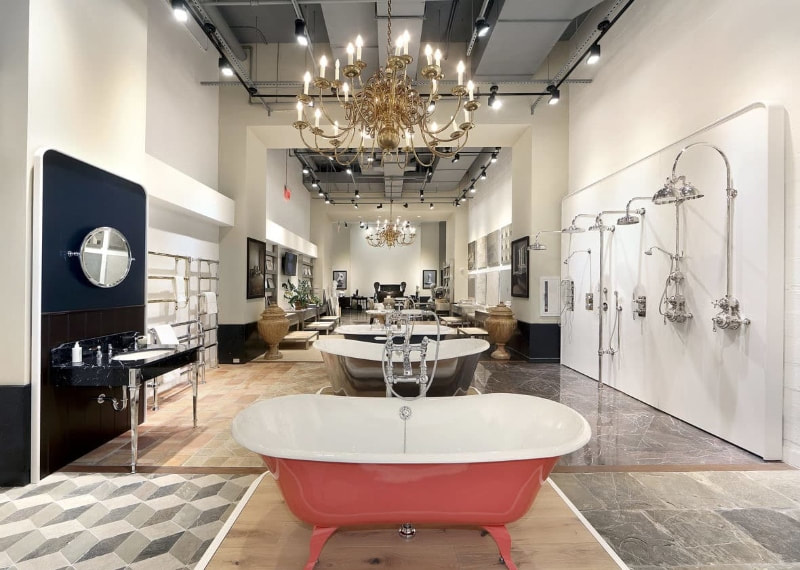
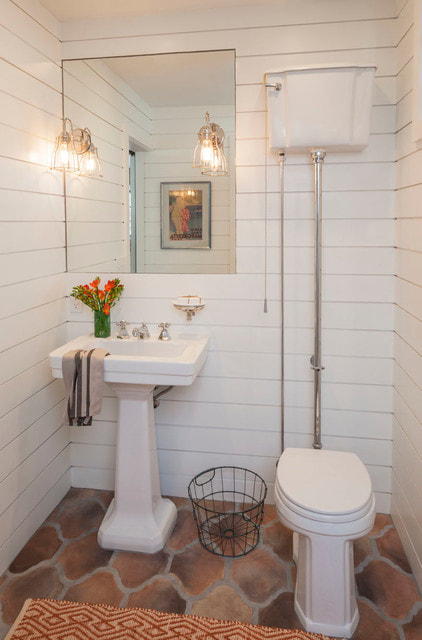
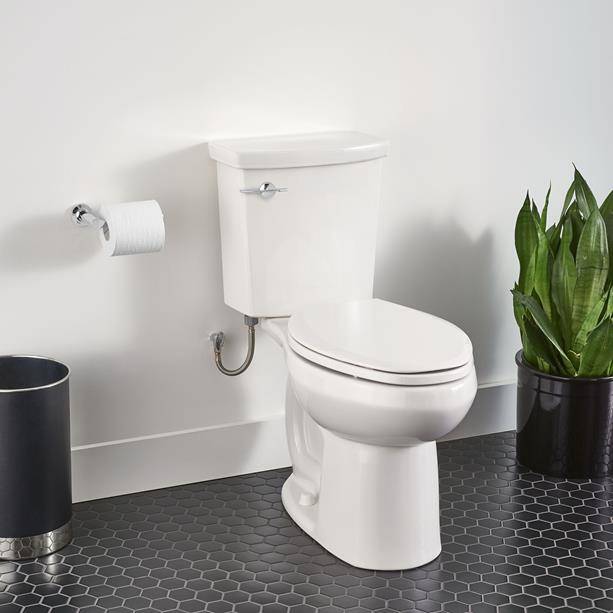
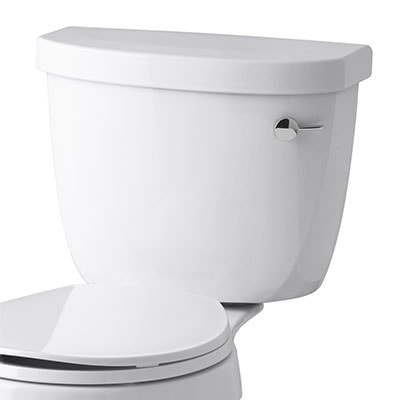
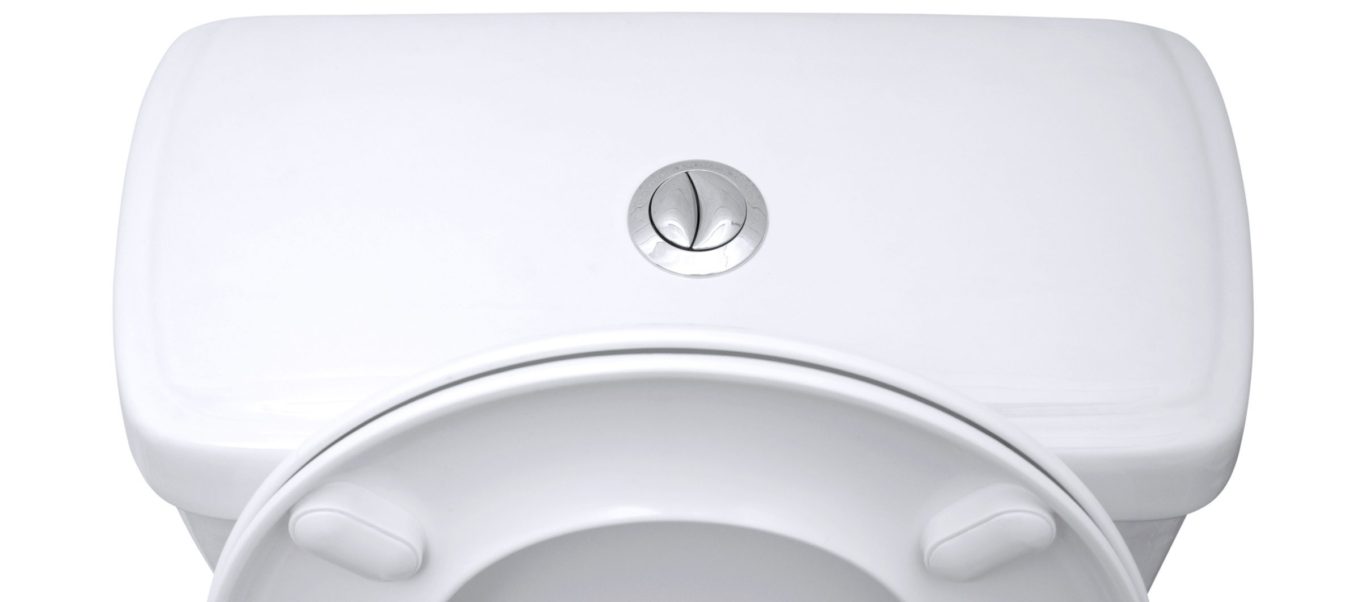
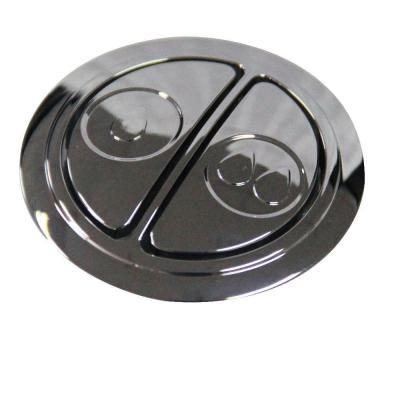
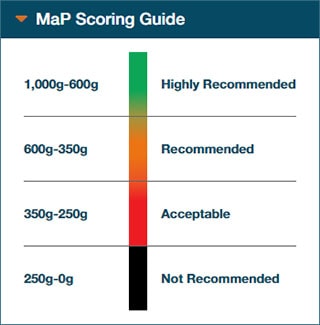
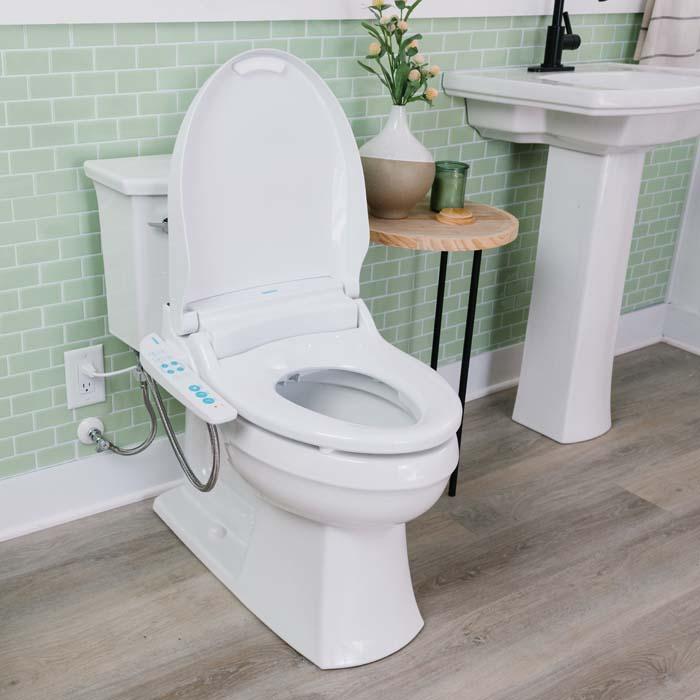
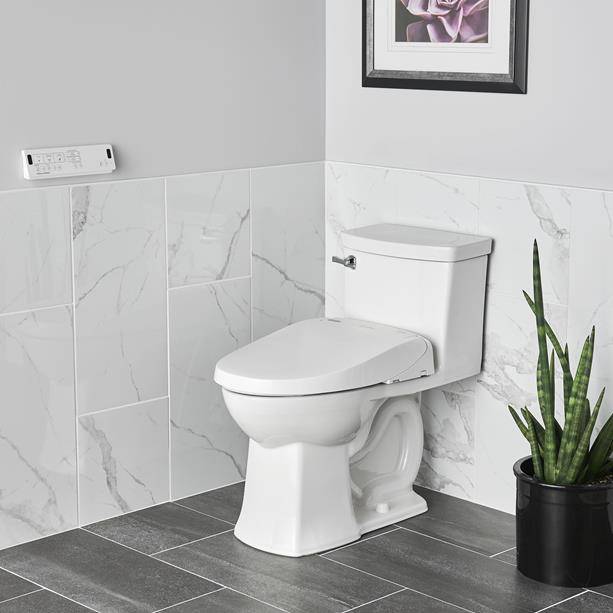
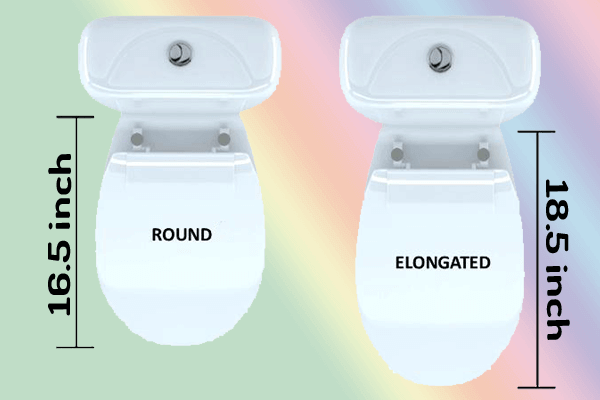
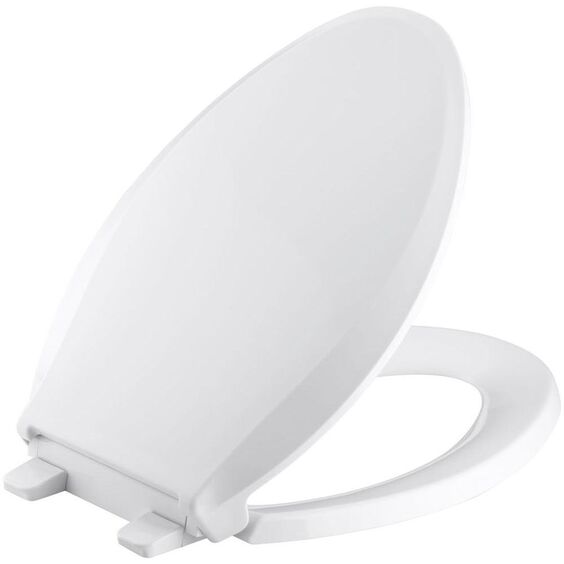
 RSS Feed
RSS Feed